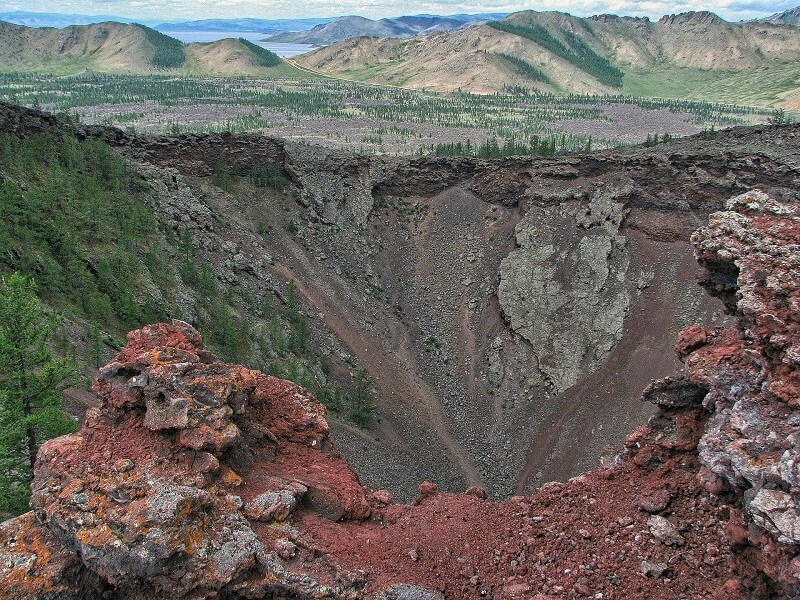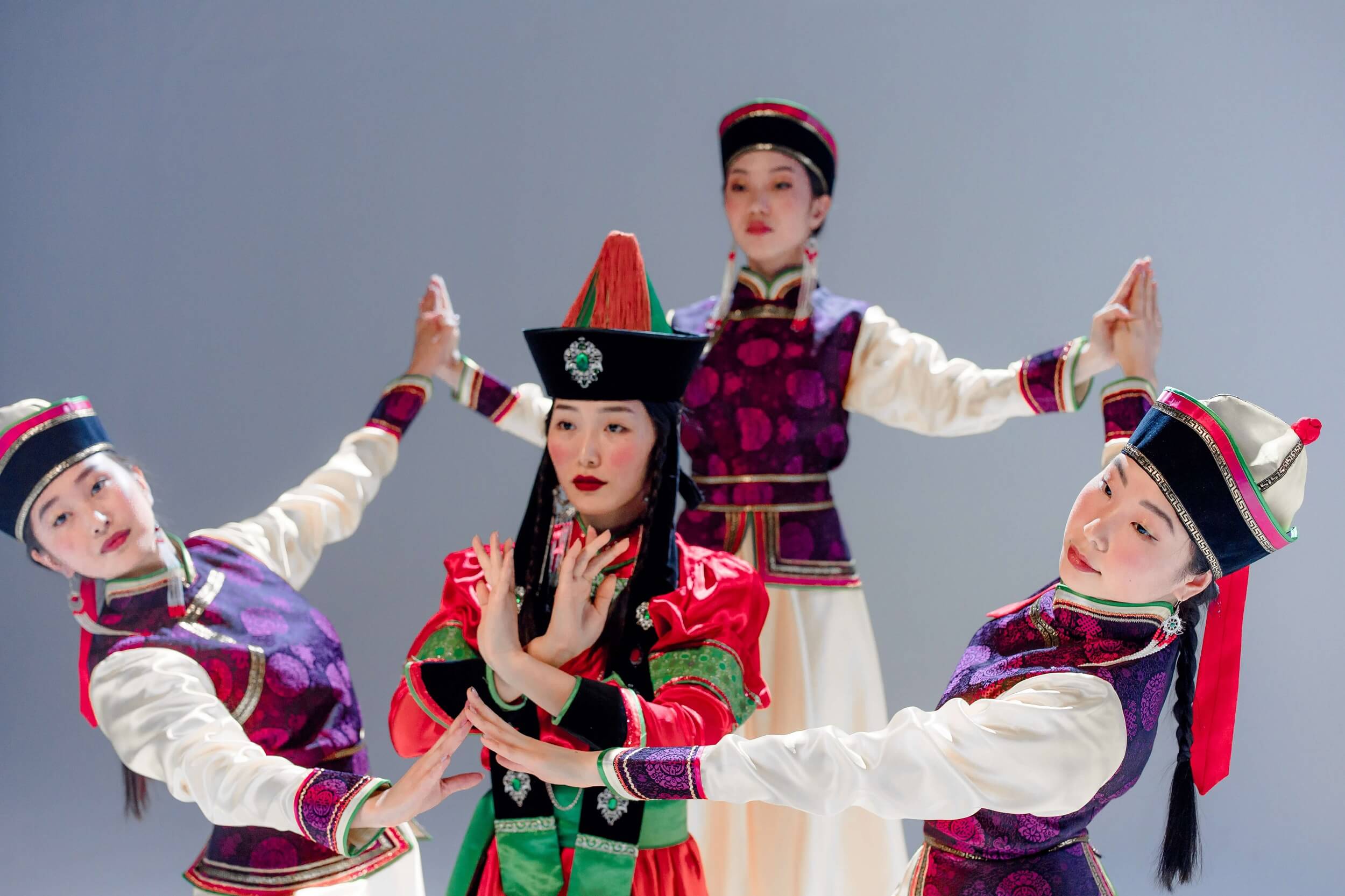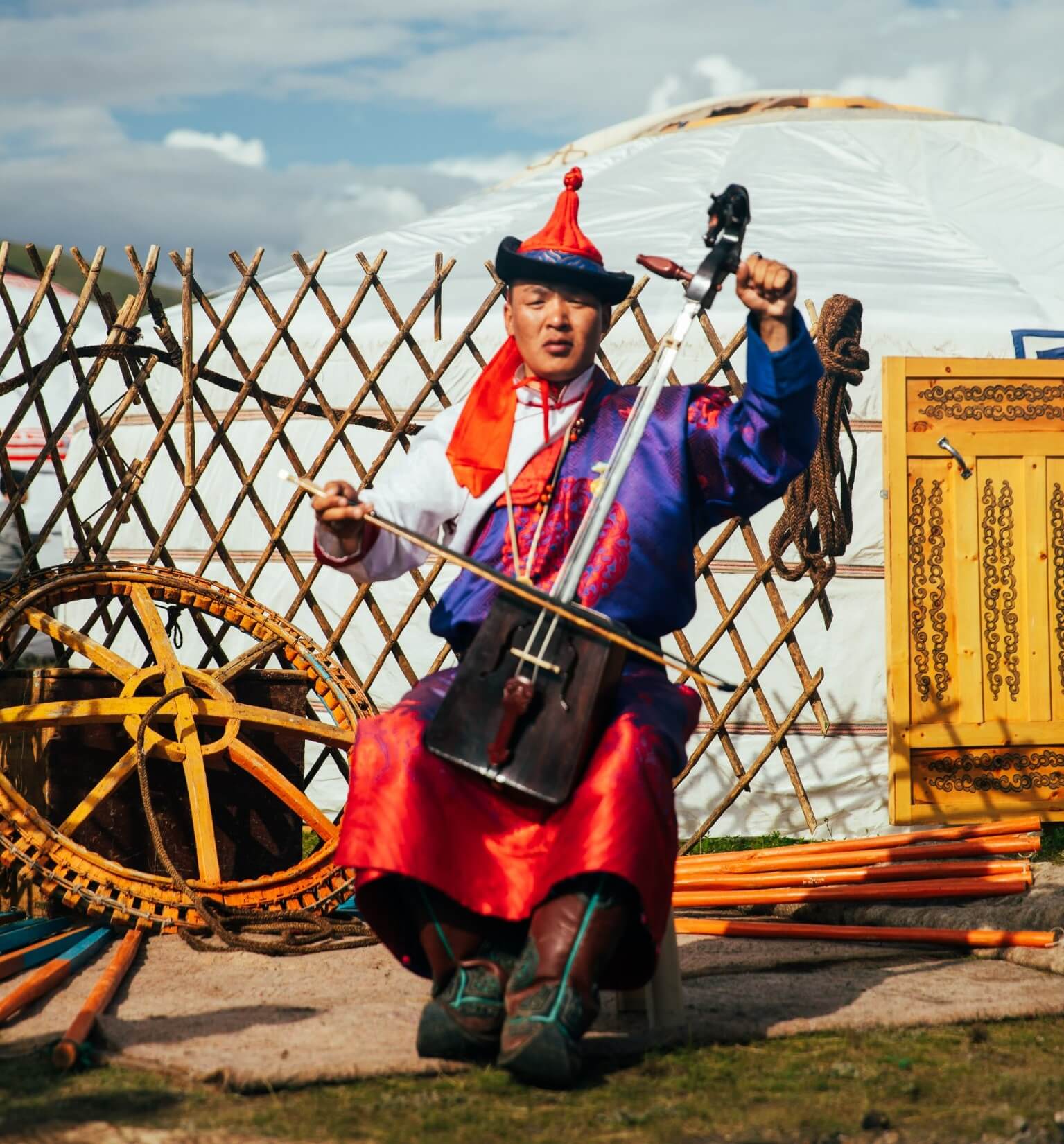When we talk about art, our minds often drift to famous Western painters or iconic Renaissance sculptures.
But there’s a world of artistry beyond these well-known names, and one of the most intriguing and lesser-explored realms is Mongolian art.
So, let’s embark on a journey through the vast Mongolian steppes and uncover some captivating facts about their unique artistic heritage.
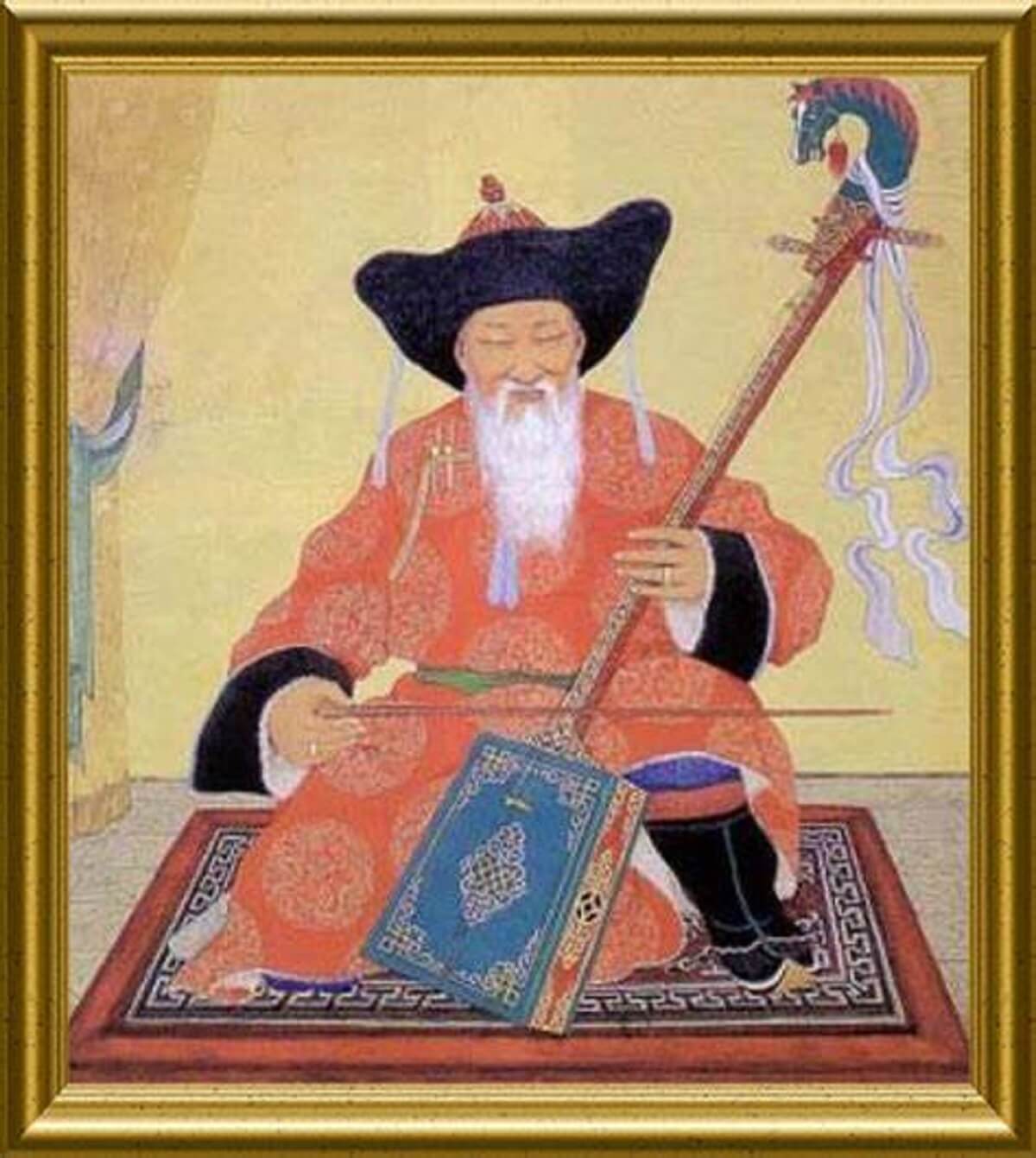
Nomadic inspiration
1. Nomadic Roots: Mongolian art is deeply rooted in the nomadic lifestyle of its people.
The nomads’ connection with nature, animals, and the vast landscapes of Mongolia finds expression in their art, which often features elements like horses, yurts (traditional tents), and sweeping landscapes.

Thangka: The Spiritual Art
2. You know what’s pretty neat in Mongolia? Thangkas! Picture these like fancy paintings on silk or cotton that tell all sorts of Buddhist stories.
People use them for spiritual stuff and just because they’re beautiful. They paint gods, sacred symbols, and stories from Buddhism on them, turning these fabrics into a mix of art and spirituality.
3. Now, here’s the neat part: Thangkas can be rolled up like posters. That makes them super easy to carry around. This was a big deal for the nomad folks who wanted to keep up with their Buddhist stuff while traveling.

The Mighty Mongol Empire
4. Hey, did you know that the Mongol Empire, led by folks like Genghis Khan, was huge? Like, really, really big. And guess what? It didn’t just conquer lands; it also mixed things up in the art world.
It’s kind of cool how the Mongols acted like art messengers, bringing the East and the West together.
So, when you look at Mongolian art, you’ll see a mix of Persian, Chinese, and Islamic influences. It’s like they invited everyone to this big creative party, and they all brought a little something to the table!
The Art of Carpets
5. Mongolian Carpets: Mongolian carpets are a treat for the eyes. Woven by skilled artisans, they often feature intricate geometric patterns and bold colors. These carpets are not just aesthetically pleasing but also serve practical purposes in Mongolian homes.

Gorgeous Gers and Intricate Woodwork
6. Yurt Decorations: The traditional Mongolian yurt, known as a “ger,” is not just a functional dwelling but a canvas for artistic expression. The interior of a ger is adorned with hand-painted motifs and intricate woodwork, creating a warm and inviting atmosphere.
The Flair for Sculpture
7. Mongolian Sculptures: Sculpture plays a vital role in Mongolian art. Statues of Buddhist deities, mythical creatures, and historical figures can be found throughout the country. These sculptures often display remarkable attention to detail and convey a sense of spirituality.
Contemporary Mongolian Art
8. Modern Art Scene: Mongolia’s art scene is not stuck in the past. Contemporary Mongolian artists are exploring new mediums and styles, infusing their work with a blend of tradition and modernity. This fusion of old and new keeps the artistic landscape dynamic and ever-evolving.

Throat Singing and Music
9. Art Beyond Visuals: Art in Mongolia isn’t limited to paintings and sculptures. Traditional Mongolian throat singing, known as “Khoomei,” is an art form where singers produce multiple pitches simultaneously. It’s a mesmerizing auditory experience and an integral part of Mongolian culture.
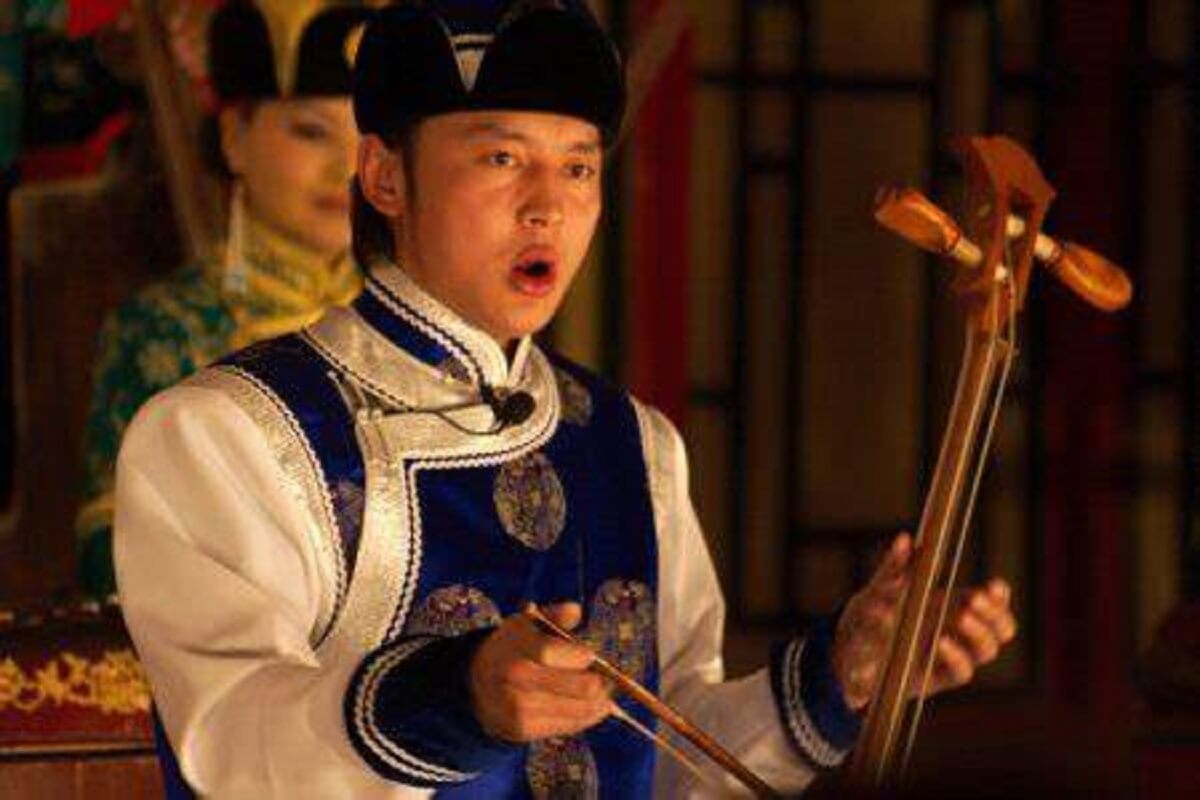
Archery and Calligraphy
10. Traditional Skills: Mongolian art extends to traditional crafts like archery and calligraphy. Mongolian archery involves finely crafted bows and arrows, while calligraphy showcases the beauty of the Mongolian script.
In a world where art often takes on familiar forms, Mongolian art stands out as a unique and enchanting realm of creativity.
From the spiritual Thangkas to the nomadic influences on their art, Mongolian artists have woven a rich tapestry that reflects their history, culture, and deep connection with the land.
As we delve into the world of Mongolian art, we not only discover their creative expressions but also gain insight into a way of life that has shaped these artistic traditions over centuries.
So, the next time you think of art, remember that the vast Mongolian steppes hold a treasure trove of artistic wonders waiting to be explored.














